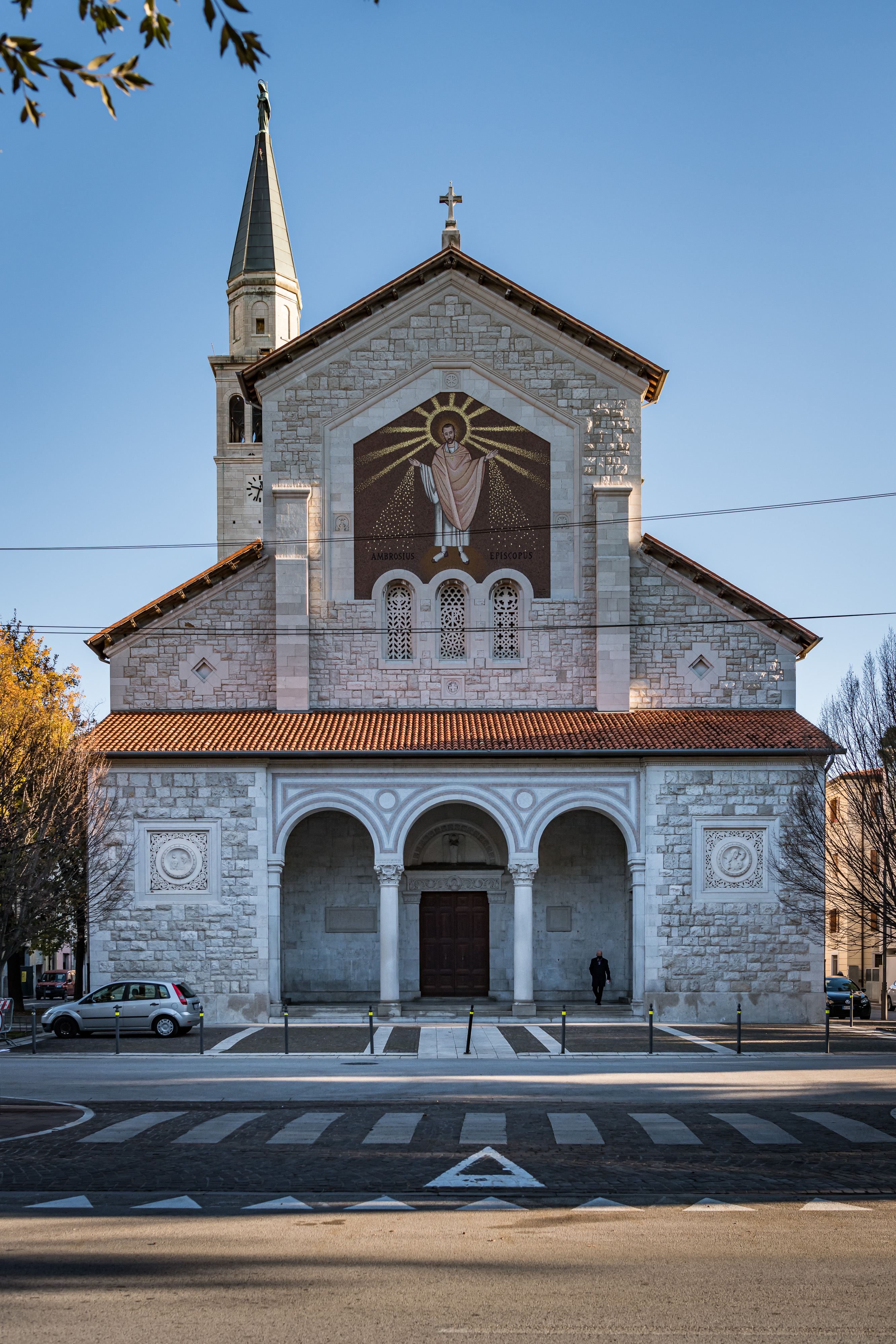
The first construction dates back to the first half of the 14th century and was located in Via Sant’Ambrogio, but the building was destroyed in the Great War. The reconstruction of the Duomo, between 1926 and 1929, was based on the design of the Roman architects Benigni and Leoni and was in neo-Romantic forms. The Municipality made the area between the old Via del Duomo and the Roggia in Viale San Giusto, now Via Fratelli Rosselli, available. In the destruction, the invaluable heritage of the former church was lost, which housed some Venetian paintings by Palma il Giovane and furniture carved by Matteo Deganutti. Only two altar statues were saved, depicting St Ambrose and St Mark, donated by the Serenissima and now visible on the façade of the Marcelliana sanctuary church in Panzano. The bell tower has Venetian features, characterised by a tall, slender tower with a belfry with three-mullioned windows surmounted by an octagonal lantern, and was erected in 1956.
Image gallery
The other points of interest in the same itinerary
-
Via Sant’Ambrogio
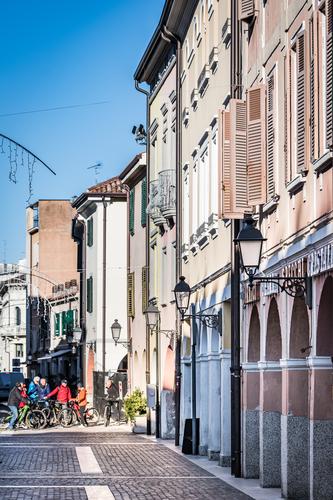
-
War Memorial
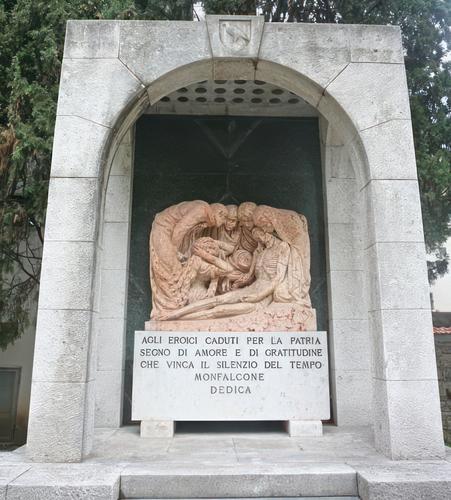
-
San Marco fountain
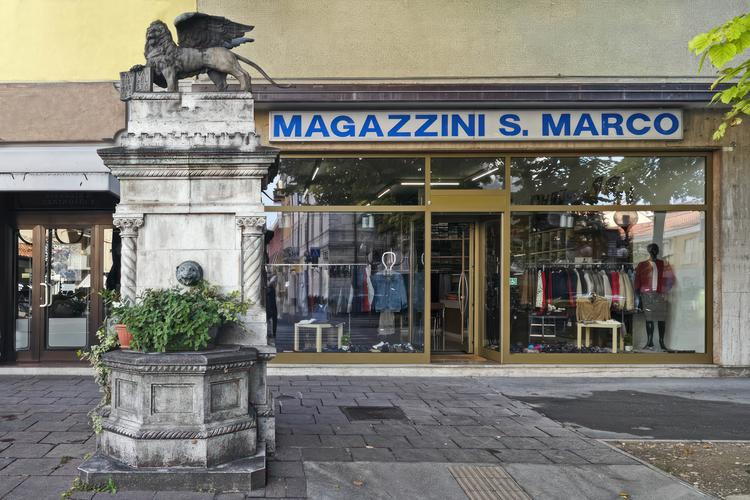
-
Palazzetto Veneto

-
Teatro Comunale
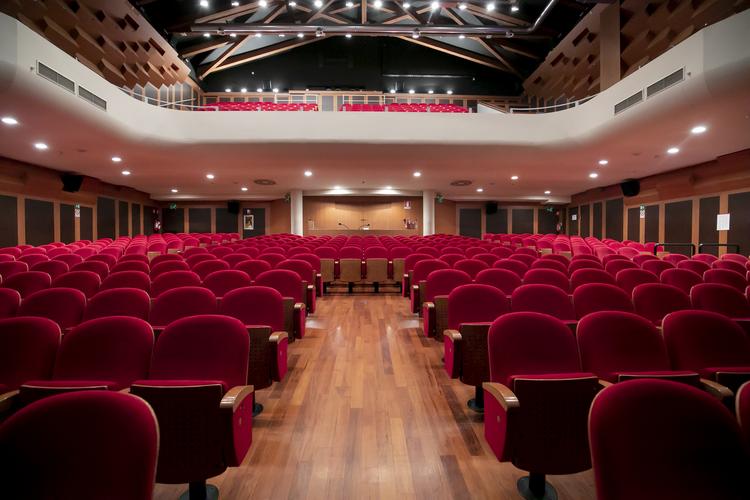
-
Piazza Falcone e Borsellino
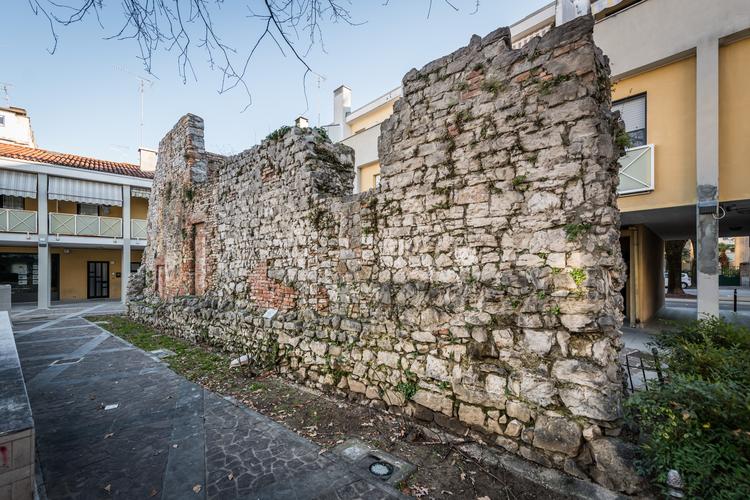
-
The gardens of Piazza Unità

-
‘Antiche Mura’ Gallery
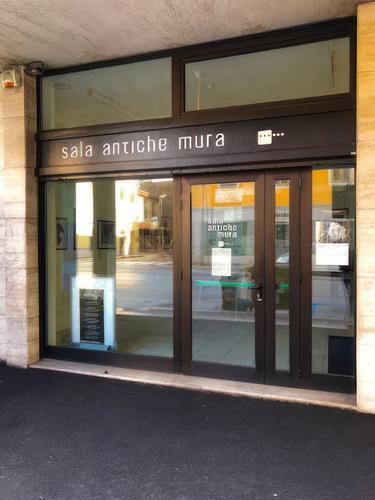
-
Municipal Library and Historical Archive
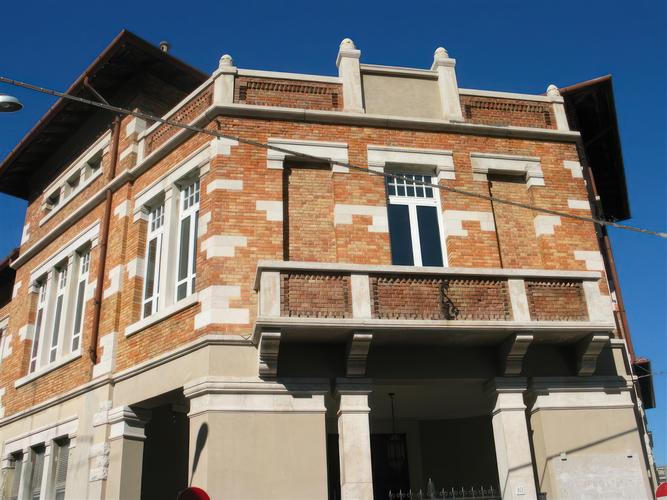
-
Piazza della Repubblica
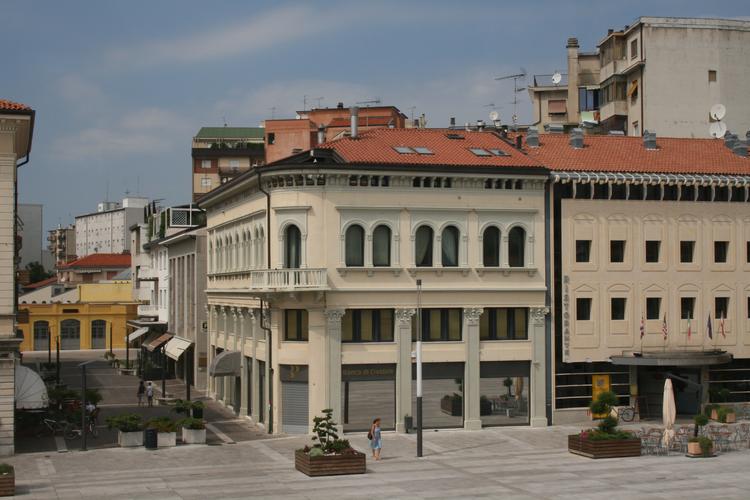
-
Historical buildings on Piazza della Repubblica

-
Galleria Comunale d’Arte Contemporanea

-
Chiesa del Rosario
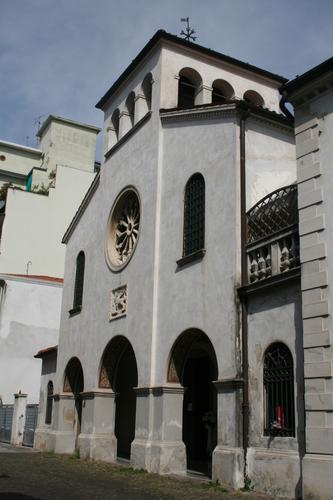
-
The Town Hall
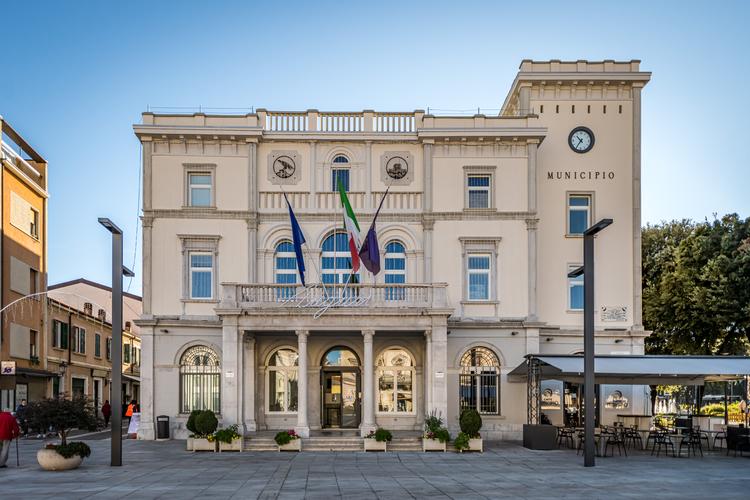
-
Medieval Museum
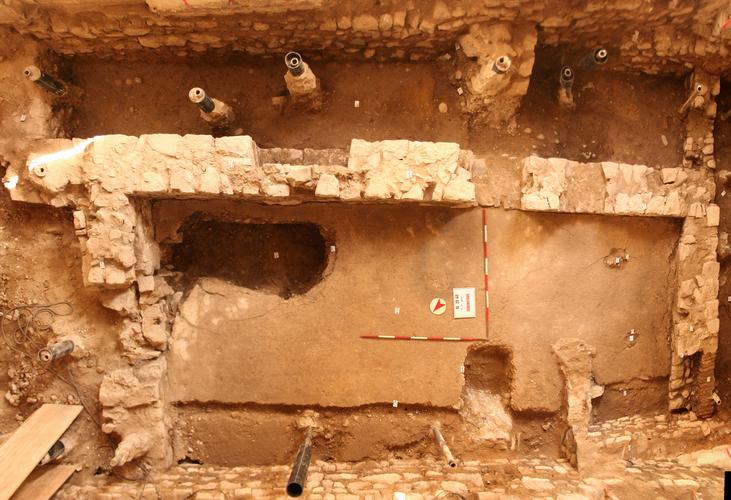
-
The Monument to Gabriele D’Annunzio
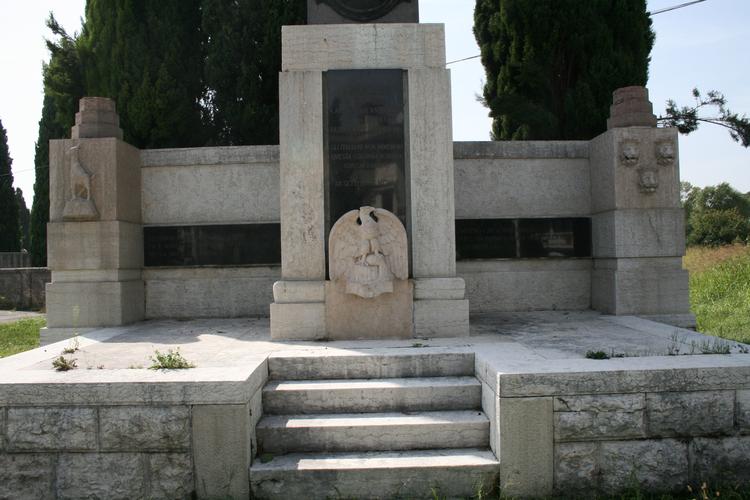
-
The Church of San Polo
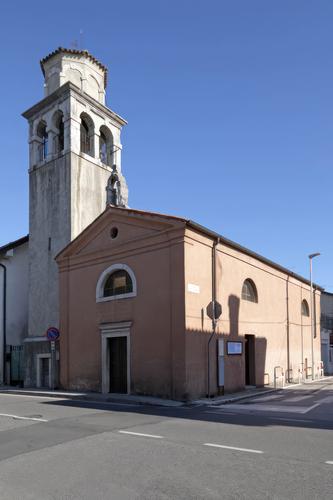
-
The Church of San Nicolò
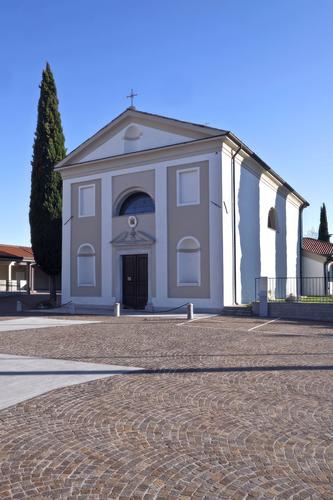
-
La Poma

